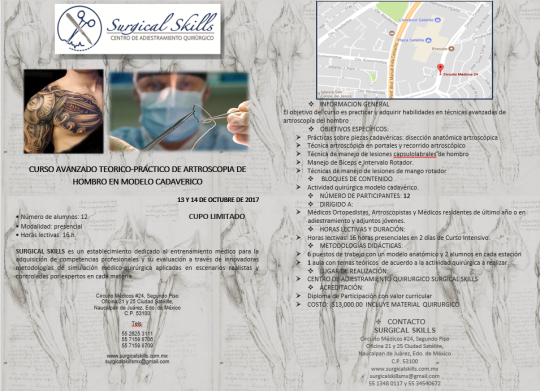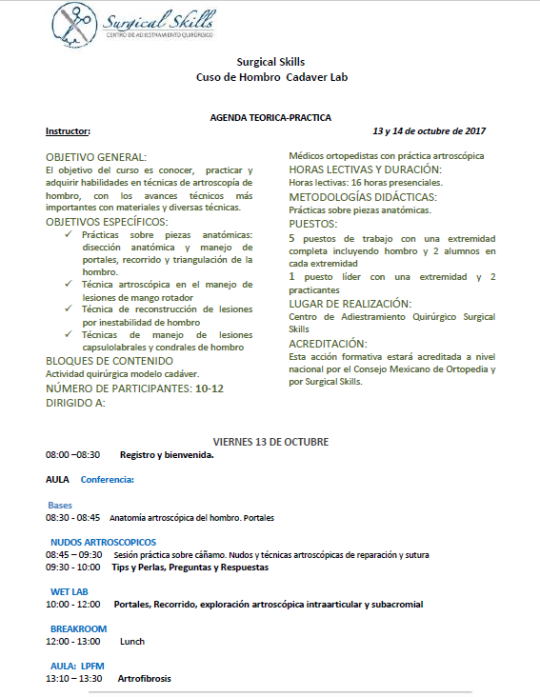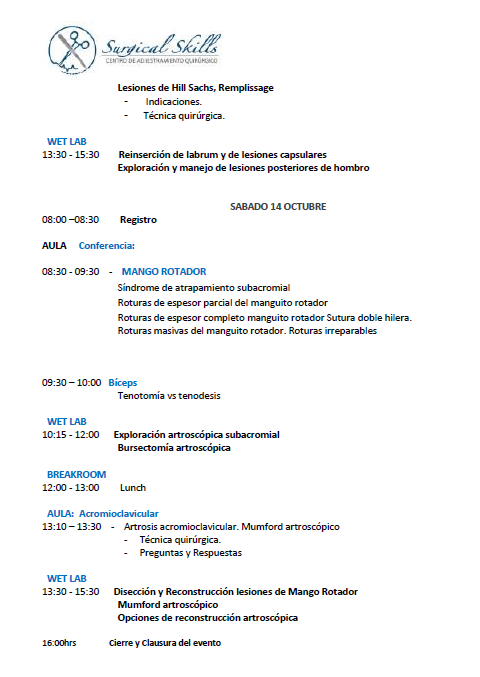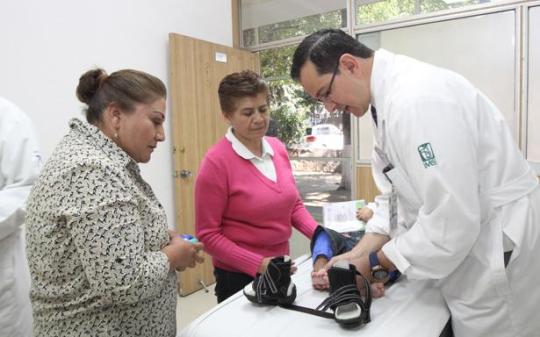Cubital Tunnel Syndrome: Current Concepts
Fuente
Este artículo es originalmente publicado en:
http://journals.lww.com/jaaos/Abstract/2017/10000/Cubital_Tunnel_Syndrome___Current_Concepts.10.aspx
De:
2017 Oct;25(10):e215-e224. doi: 10.5435/JAAOS-D-15-00261.
Todos los derechos reservados para:
Copyright © 2017 Ovid Technologies, Inc., and its partners and affiliates. All Rights Reserved.
Some content from MEDLINE®/PubMed®, a database of the U.S. National Library of Medicine.
Abstract
Cubital tunnel syndrome is the second most common upper extremity compressive neuropathy. In recent years, rates of surgical treatment have increased, and the popularity of in situ decompression has grown. Nonsurgical treatment, aiming to decrease both compression and traction on the ulnar nerve about the elbow, is successful in most patients with mild nerve dysfunction. Recent randomized controlled trials assessing rates of symptom resolution and ultimate success have failed to identify a preferred surgical procedure. Revision cubital tunnel surgery, most often consisting of submuscular transposition, may improve symptoms. However, ulnar nerve recovery after revision cubital tunnel surgery is less consistent than that after primary cubital tunnel surgery.
Resumen
El síndrome del túnel cubital es la segunda neuropatía compresiva de extremidad superior más común. En los últimos años, las tasas de tratamiento quirúrgico han aumentado, y la popularidad de la descompresión in situ ha crecido. El tratamiento no quirúrgico, con el objetivo de disminuir tanto la compresión y la tracción en el nervio cubital sobre el codo, tiene éxito en la mayoría de los pacientes con disfunción nerviosa leve. Ensayos controlados aleatorios recientes que evalúan las tasas de resolución de los síntomas y el éxito final no han podido identificar un procedimiento quirúrgico preferido. La cirugía de revisión del túnel cubital , la mayoría del tiempo que consiste en la transposición submuscular, puede mejorar síntomas. Sin embargo, la recuperación del nervio cubital después de la cirugía de revisión del túnel cubital es menos coherente que después de la cirugía del túnel cubital primario.
El síndrome del túnel cubital es la segunda neuropatía compresiva de extremidad superior más común. En los últimos años, las tasas de tratamiento quirúrgico han aumentado, y la popularidad de la descompresión in situ ha crecido. El tratamiento no quirúrgico, con el objetivo de disminuir tanto la compresión y la tracción en el nervio cubital sobre el codo, tiene éxito en la mayoría de los pacientes con disfunción nerviosa leve. Ensayos controlados aleatorios recientes que evalúan las tasas de resolución de los síntomas y el éxito final no han podido identificar un procedimiento quirúrgico preferido. La cirugía de revisión del túnel cubital , la mayoría del tiempo que consiste en la transposición submuscular, puede mejorar síntomas. Sin embargo, la recuperación del nervio cubital después de la cirugía de revisión del túnel cubital es menos coherente que después de la cirugía del túnel cubital primario.
PMID: 28953087 DOI:








